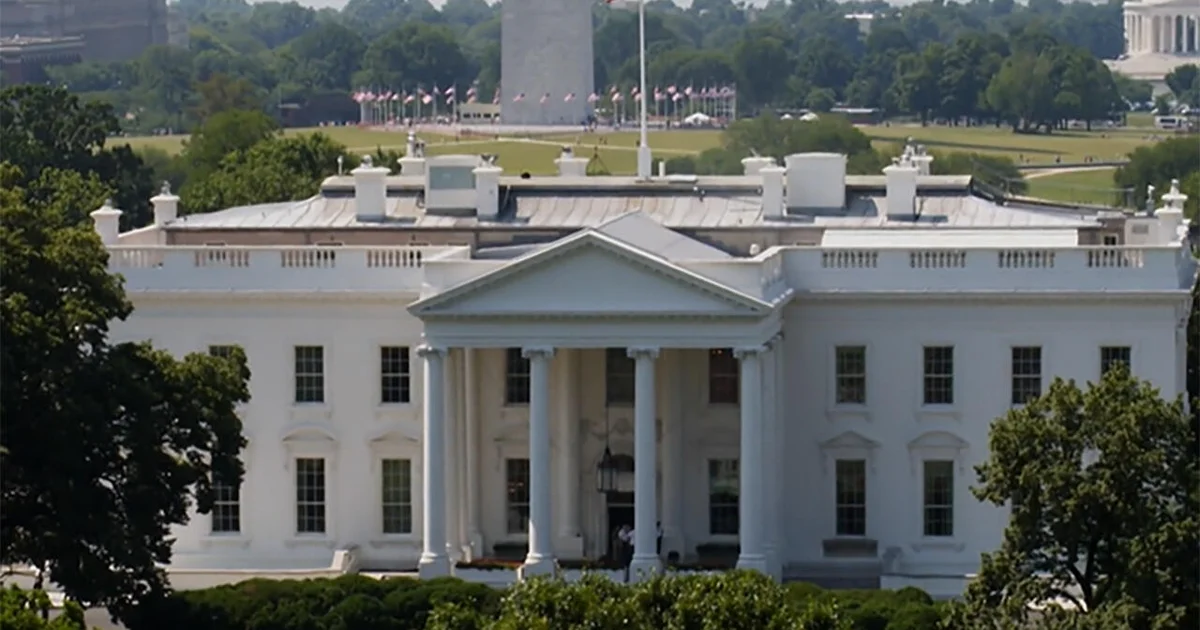Copyright Baltimore Sun

Monday, Oct. 13, 2025, was a joyous day for the nation of Israel and for all of right-minded humanity as the 20 remaining living hostages returned home from their 737 days in the dungeons of Gaza. It was a heartbreaking two years of captivity that painfully revealed the front lines of a battle between good and evil. All the while, the Baltimore area Jewish community provided a gripping connection to the tragedy that played out nearly 6,000 miles away. In early February 2024, I attended a powerful ceremony dubbed “The Braided Candle” in Pikesville. It was hosted by the Jewish Federation of Baltimore on the four-month anniversary of Hamas’ barbaric attack on Israel. It included a speaker who was a relative of a 3-year-old hostage. This little girl had been in the arms of her father when terrorists slaughtered her dad and mom. This precious orphaned daughter was eventually released after 50 days in brutal captivity. Her great aunt’s stories brought to life the ongoing tragedy in a country far away. At the Braided Candle event, I also received a card of a hostage that I’ve carried with me constantly since that day. Lior Rudaeff was a 61-year-old ambulance driver and volunteer medic who immediately responded to his kibbutz when notified that it was under attack. In May 2024, it was determined that Lior had been killed on Oct. 7, though his body had been taken away to Gaza as a grotesque bargaining chip for terrorists who celebrated the death of Jewish civilians. After 763 days, nearly a month after the living hostages were liberated, his body was returned home to be buried near his home in Kibbutz Nir Yitzhak. A few weeks after the Braided Candle event, I made a long-overdue trip to Israel as a guest of the Israel Defense Forces. It was a visit that has come to my mind daily since then, as I vividly saw the pain and vulnerability of a people whose small strip of land only extended from the river to the sea. This population rightly saw their precarious situation as an existential threat, sensing that they had nowhere else to go. The need for a strong Jewish homeland became especially clear in the days and months after the brutal attack as morally bankrupt waves of antisemitism surged around the world, revealing the ugliest part of humanity. During the visit, I made a stop in the city of Ashkelon — a sister city of Baltimore. Located just north of the Gaza Strip, its streets still showed the stark scars of attack. I spent a bit of time with the staff of the Baltimore-Ashkelon Partnership office, and heard them tell their painful stories of fear, threats, vulnerability and loss. Yet, they were still open for business and eagerly awaiting renewed engagement between these two great cities. The tensions in Israeli society were as clear back then as they are today. A reckoning remains on the horizon to hold those accountable for the failures that led to Oct. 7 and to provide an honest assessment of Israel’s activities during the last two years of war. My trip provided a real-life attachment to poignantly speak, write and interview about these gut-wrenching topics. And while my perspective firmly sides with America’s special friends in Israel, it is infused with a thorough understanding of the broader context that provides pointed critique when appropriate. There have been three slogans that cry out in Israeli culture for the last two years — “Never Forget,” “Never Again” and “Bring Them Home Now!” I heard them constantly during my visit, and they ring clearly in my mind even now. With Lior’s body back with his family, today the latter one echoes a little less powerfully than the first two. I’ve removed his card from my daily planner and have carefully placed it on my office bookshelf. Whenever I see Lior’s kind face looking back at me, though, even here far away from his burial place in Kibbutz Nir Yitzhak, it cries out as a resounding reminder for all of humanity — Never Forget and Never Again! It is a cry not just for Israel or even the Jewish people. It is a reminder for all of us to unabashedly stand up for good and speak out against evil everywhere!



